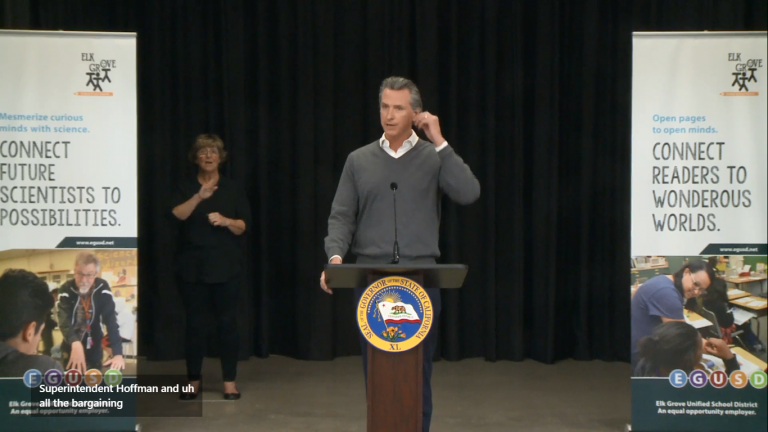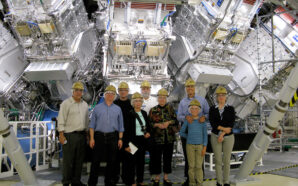Members of the California state Legislature and Governor Gavin Newsom unveiled a $6.6 billion school re-opening plan, which aims to get children in grades kindergarten through 6th back to classrooms by March 15, and older children by mid next month.
The plan prioritizes students who would benefit the most from in-person instruction kids from low-income families who may lack computing devices and high-speed internet, English language learners, and those with learning disabilities, among other disadvantaged students.
The additional dollars will include money for extended academic and mental health support, help schools adjust for smaller classrooms, and provide Personal Protective Equipment for three months. The state is also set to receive $8 billion in federal funding to re-open schools, and may receive additional funding in the proposed $1.9 trillion COVID relief package.
Schools are set to re-open even in the state’s most-restrictive purple tier. Schools will likely operate over summer to catch students up with coursework missed during the year of remote learning.
“We cannot re-open the state’s economy until you safely re-open schools,” said Newsom, noting that positive testing rates have dropped to 2.4 percent, from a high of over 9 percent at the start of the year.
Hospitalization and intensive care unit admissions have also dropped by 41 percent. More than 9 million people in California have received at least one dose of the Pfizer or Moderna vaccine — which requires two doses for full efficacy — and more people are expected to be vaccinated as the Johnson and Johnson vaccine, which only requires one shot and was approved Feb. 27, rolls out.
75,000 doses of the vaccine have been set aside for school personnel. Additionally, the state will run a mega-vaccination event only for school personnel on March 4 and 5, using FEMA super-sites.
The plan was unveiled after weeks of negotiations with the state’s teacher’s unions, the Governor’s office, and members of the state Legislature. Late last year, Newsom had released his ‘Safe Schools For All’ plan, which was thrashed by the state’s teachers’ unions and state legislators.
Sen. Richard Pan, a Democrat who chairs the Senate’s health committee, said the plan represented a deep compromise between the Legislature and the Governor’s office. “As a pediatrician, I know that kids are suffering anxiety, depression, and isolation.”
“We need to make up for delays and keep our students on track, but we also know that our teachers are concerned about family members who may be at greater risk of exposure (to COVID,” he said, during a press briefing at Franklin Elementary School in the Elk Grove Unified School District. Senate President pro Tempore Toni Atkins and Assembly Speaker Anthony Rendon also attended the briefing along with members of the state Legislature.
AB 86 and SB 86, which formalize the plan, are set for a vote March 4. At press time, the California School Employees Association had not released a statement on the plan.
The California Teachers Association released a statement Feb. 23, noting that the state Legislature had heeded its recommendations. “Vaccinating teachers and education support professionals, coupled with the multi-layered safety protocols, including testing, Personal Protective Equipment, six-feet social distancing, sanitization, proper ventilation, testing and contact tracing are all key to protecting students and their families as well as educators and school staff,” said CTA President E. Toby Boyd.






